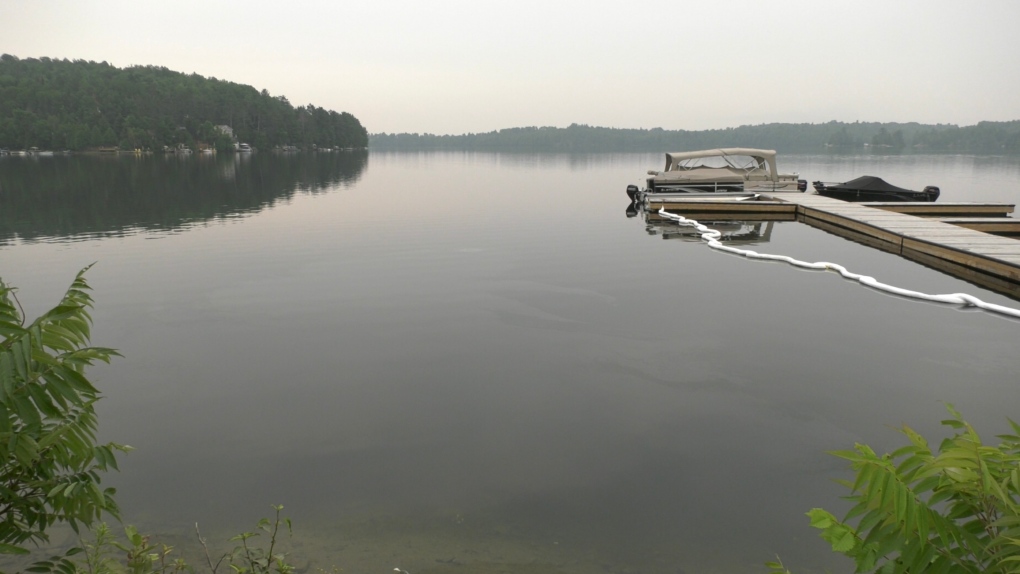
Millions of Canadians have been exposed to potentially toxic chemicals, and they're not going anywhere
CTV
For decades, North Bay, Ontario's water supply has harboured chemicals associated with liver and developmental issues, cancer and complications with pregnancy. It's far from the only city with that problem.
In a packed North Bay, Ont. auditorium this March, residents, environmental and legal aid groups gathered to discuss a problem that’s been decades in the making, and that risks affecting not only those who live in the area, but likely millions more Canadians across the country.
The public information session's focus was PFAS, a kind of artificial, potentially toxic chemicals that have crept into countless corners of daily life, and of which many persist in the land, water and human body alike for years.
Since as far back as the 1970s, North Bay’s municipal water supply in nearby Trout Lake has harboured PFAS (per- and polyfluoroalkyl substances), which Health Canada notes have been associated in some cases with liver and developmental issues, cancer and complications with pregnancy.
In recent weeks, U.S. regulators have finalized new maximum limits on six key kinds of PFAS in drinking water, and in Canada, a new proposed limit of 30 parts per trillion is pending for waterborne PFAS as a whole; one that North Bay's water often exceeds in municipal testing.
"We're really fortunate to have this abundant supply of cold, clear water, and I think that knowing that it's got this very persistent contaminant in it … potentially interferes with all our relationships with that water," said Brennain Lloyd of Northwatch, a local organizer of the information session, in an interview with CTVNews.ca.
"That's a tragedy that can't be measured."
Also known as 'forever chemicals,' PFAS are built from some of the strongest bonds of their kind found in nature, meaning they likely won't go away on their own. And the path to ridding them from the environment is a long and expensive one for a local government with limited resources and an understandably concerned populace.
